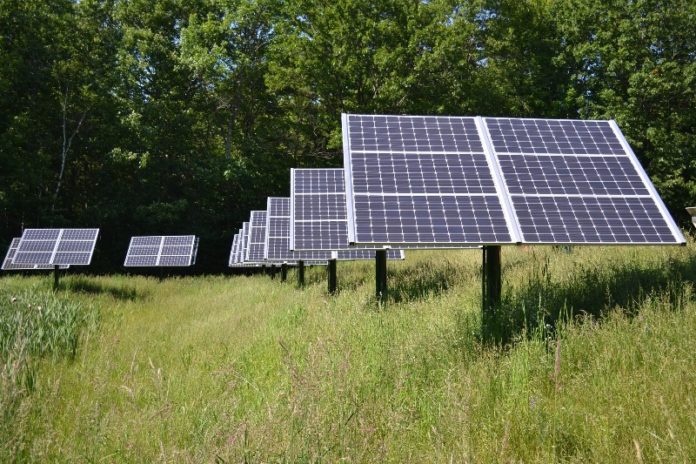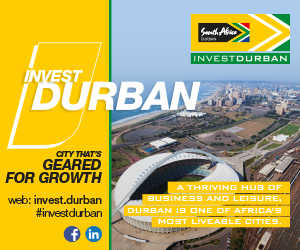Renewable and self-sustaining mini- and off-grid solutions serve as alternatives to traditional grid connections to achieve energy-access goals for remote communities.
These revolutionary solutions will be discussed and showcased at the upcoming 13th annual Africa Energy Indaba virtual event from the 1st – 5th March 2021 which will provide the latest insights, trends and applications to ultimately increase energy access across the continent.
Several exciting dialogues will be exploring what is needed to meet the rapidly growing need for energy access in Africa, learn more about the African market and prospective business opportunities in the energy space; regional integration; the importance of decentralised energy solutions, the disruptive business models, the need for innovative financing solutions, and the digitization of the energy sector.
Access to energy and the rate at which Africa is realising this, will be amongst the dominant themes of the event. This leading energy gathering comprises a high-level, strategic summit will be focusing on energy access, finance, renewables as well as transmission & distribution thereof.
The landscape and population distribution of the African continent underscores why major power plants are unable to reach and serve all areas. As many of these regions are located so far from other urban centres, extending a country’s main electrical grid remains unaffordable. This leads us to the interim solution of investigating energy access and planning in an integrated manner, which includes incorporating smaller “mini-grids” that operate independently from the main grid and off-grid systems in isolated regions of the continent.
Implementation of these solutions could also prove viable in regions where it remains unfeasible to spread the national grid, owing to issues such as topography or low population density. The International Energy Agency (IEA) has forecasted (in Africa Energy Outlook 2014) that 70 percent of new rural electricity supply in Africa will be provided by independent systems and mini-grids by 2040. The GMG MDP, SE4All, SEFA and ESMAP are playing their parts in reducing costs, as well as contributing to technological innovations and improvements in GMG expansion. All this is set to verify that up to two thirds of this power supply will be powered by renewable sources.
Find out more at: https://www.africaenergyindaba.com/









